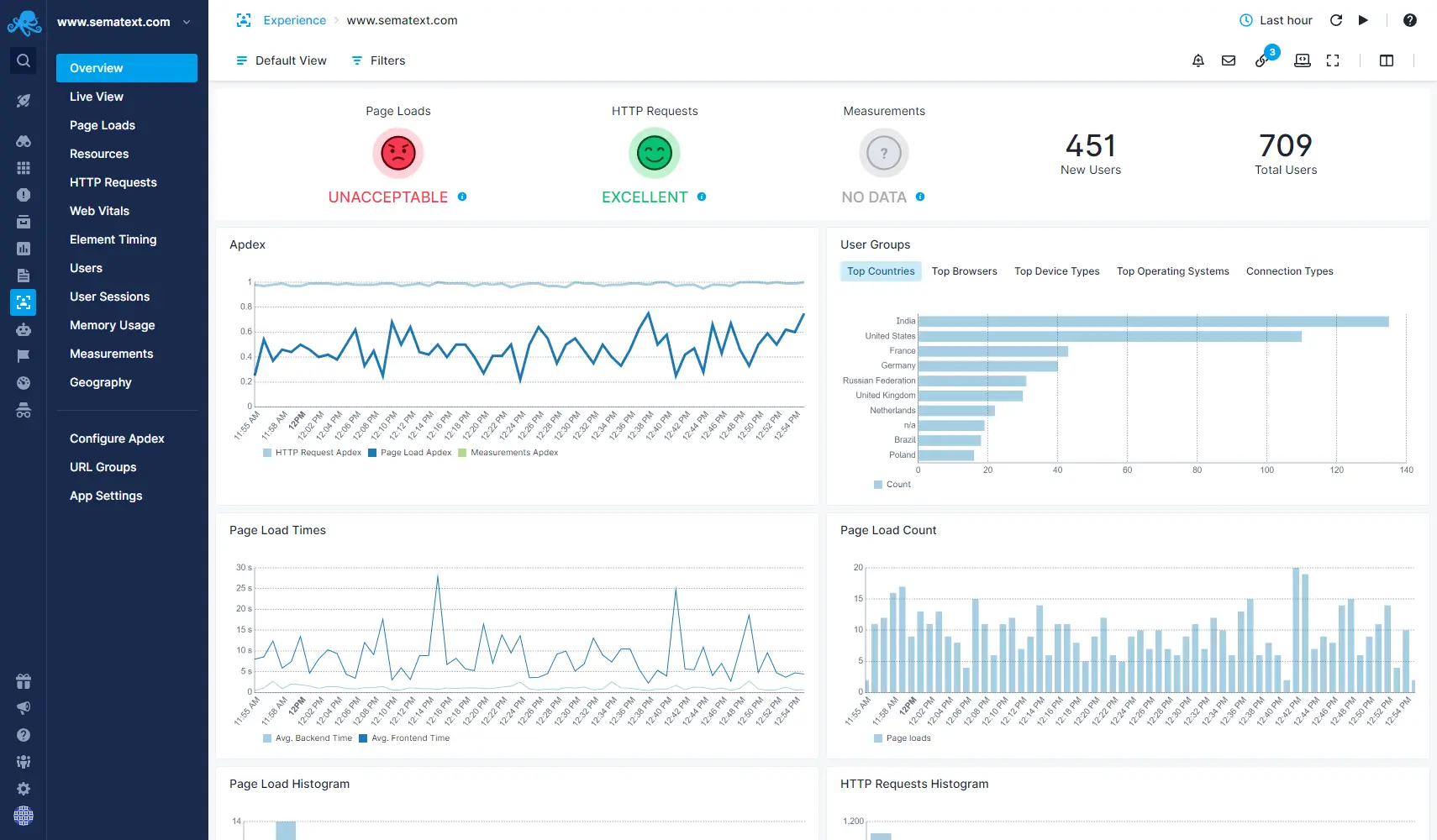If you feel constantly harassed by unsolicited callers, you are certainly not alone. In 2022, the number of robocalls Americans received crossed 50.3 billion. But spam is not just limited to automated calls. Human-led ones from telemarketers and other organizations vying for your attention could be a real nuisance, especially when they arrive at two in the morning or when you are about to walk into an important meeting.
Even otherwise, unsolicited calls could produce plenty of distress. It is not just about wasting your time or causing unnecessary stress and anxiety. Some of these spam calls can lead to scams like identity fraud and financial theft. It is why government organizations, such as the Federal Communications Commission (FCC), actively work towards curbing spam with legal action and fines. In December last year, for example, the FCC proposed a record USD 300 million fine against an auto-warranty robocall campaign that launched over five billion calls to generate leads.
Many people resort to measures like setting up caller ID to protect themselves. But spammers and fraudsters keep adopting new tactics to combat these efforts. It doesn’t mean that you need to throw in the towel. With a few smart steps, you could thwart spam calls and keep your sanity.
Table of Contents
How to React to a Spam Call
So, how should you handle a spam caller? Here’s what we recommend to ward off unsolicited calls and ensure your peace of mind.
1. Keep Your Emotions in Check
Emotions can run high when you are harassed by a ceaseless barrage of spam calls. In fact, your emotional reactions could be a boon to the spammers. When anger sets in, it isn’t easy to think through your next steps. It’s when you are most likely to let your guard down and make a critical mistake that spammers could use to their advantage. So, keeping your emotions in check is extremely important.
2. Avoid Unfamiliar Phone Numbers
When you do not recognize the phone number, let the call go to voicemail. You can also turn on the “do not disturb” feature on your phone and only allow calls from saved contacts to come through. Of course, this may not be practical all the time. You could miss an important call from an unsaved contact by avoiding all unfamiliar numbers. The easiest solution to this dilemma is to look up the phone number on PhoneHistory to know who the owner is.
3. Do Not Respond
If you answer a spam call by mistake, hang up immediately. You are letting the spammers know your number is legitimate, even by responding to a simple automated command, such as pressing a number to speak to an agent or selecting a menu. The result could be more spam calls or even scam threats.
In addition, avoid giving “yes” or “no” answers. Scammers could record your responses and use them for identity theft-related activities. Be extra cautious with callers that appear to represent reputed organizations, such as the Inland Revenue Service or your local bank. They may request personal information like your social security number or date of birth. Sometimes, they could even ask you to transfer money. Avoid responding to requests in such instances. Hang up and contact the organization using their official hotline.
4. Register With the Do Not Call Registry
Registering with the Federal Trade Commission’s (FTC) Do Not Call Registry is an essential measure to prevent telemarketers from reaching you.
The Registry acts as a guide for telemarketers to identify which numbers to delist from their databases. Any organization that does not comply could face severe fines from the FTC.
But do not expect it to entirely eliminate unwanted calls. For example, it will not prevent organizations like charities, political groups, and debt collectors from contacting you. Besides, illegitimate spam callers, especially those originating from overseas, will always take a risk despite federal regulations and continue to harass the public. There are other measures to tackle such spammers.
5. Lodge a Complaint
You can report spam calls to the FTC, even if you have not registered your phone number with its Do Not Call Registry. The FCC also encourages the public to forward complaints regarding unwanted calls and messages.
Ensure you document all evidence by keeping copies of the call logs and recording spam calls where possible.
6. Contact Your Phone Company
Many phone companies use advanced measures such as STIR/SHAKEN to verify legitimate calls on their networks. They could also offer additional free and paid services for home and mobile phones. AT&T, for example, provides Digital Phone Call Protect and the ActiveArmor mobile security app. So, contact your carrier to find out the options available for minimizing spam.

7. Download a Spam Call Blocker
Once you identify an unsolicited call, you can manually block or blacklist the number. But it does little to prevent spammers from reaching you with new numbers.
Spam-blocking apps such as Truecaller and Whoscall can automatically scan and block most unwanted calls by running them against user-generated spam databases. These spam lists are frequently updated and contain phone numbers already flagged by thousands of users. So they stand a better chance of identifying and blocking unsolicited calls.
Conclusion
Spam calls are not just a nuisance. If left unaddressed, they could escalate into more grave consequences and leave you a victim of common scams. With proper steps, significantly minimizing these unwelcome calls is easier than you think.
Having said that, the age-old saying “prevention is better than cure” still holds true, even when it comes to spam. You can prevent many of these troubles by keeping your phone number private and limiting its sharing. For instance, avoid posting your contact details on public domains such as social media and websites, and think twice before giving them out to third parties. Businesses use multiple tactics like free subscriptions, gifts, discounts, and loyalty cards to get hold of customer contact information. The details they collect often exchange hands and could end up with telemarketers and scammers in surprising ways. The easiest measure to prevent this and avoid spam calls is to rethink your data-sharing practices.











